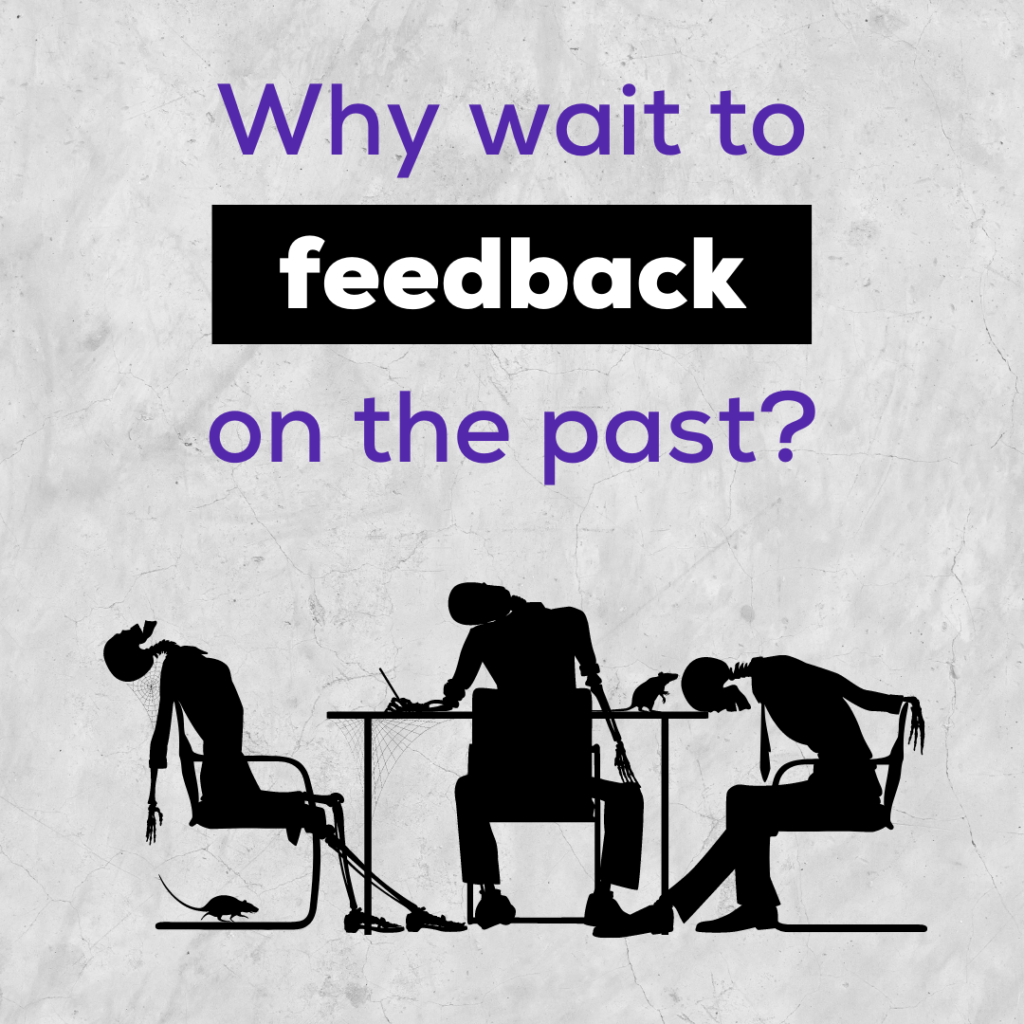
AFTER the fact. A lot of the time, that’s how we operate. Responding to situations that have occurred, fixing things and putting out fires. An interesting example of this is feedback.
There are some useful models around to help us structure feedback to establish common understanding between people about a past situation. This ideally leads to a meaningful positive impact or a constructive growth opportunity for people.
My go-to model is SBI/BI which provides a simple structure for communicating positive and developmental feedback:
⛔ What was the situation.
⏪ What behaviours were observed. and
💥 What was the resulting impact
And then, in the instance of developmental feedback, we add the desired alternative behaviour and impacts:
⏩ What the desired/ideal behaviours are, that lead to…
🎯 What desired impact.
And that’s where the GOLD is.
Why wait for feedback to gain common understanding on past behaviours?
Using the same model we have the language and structure to effectively feed-forward and gain common understanding to guide future behaviours BEFORE the fact.
We can add feeding forward steps into our daily activities, meetings, engagements, projects, and regular communication.
It is worth noting that Codes of Conduct are forms of feeding forward. However, they unfortunately live in documents which are rarely referenced once signed, and often provide no description of the desired impacts resulting from desired behaviours.